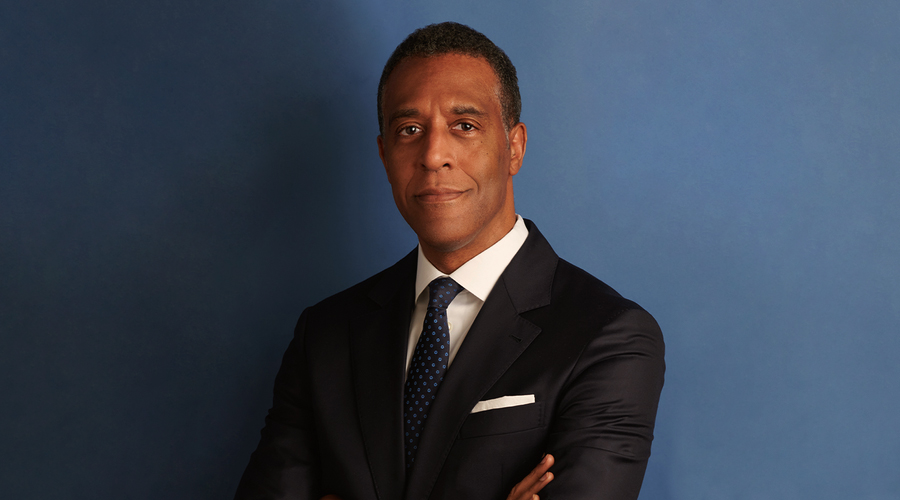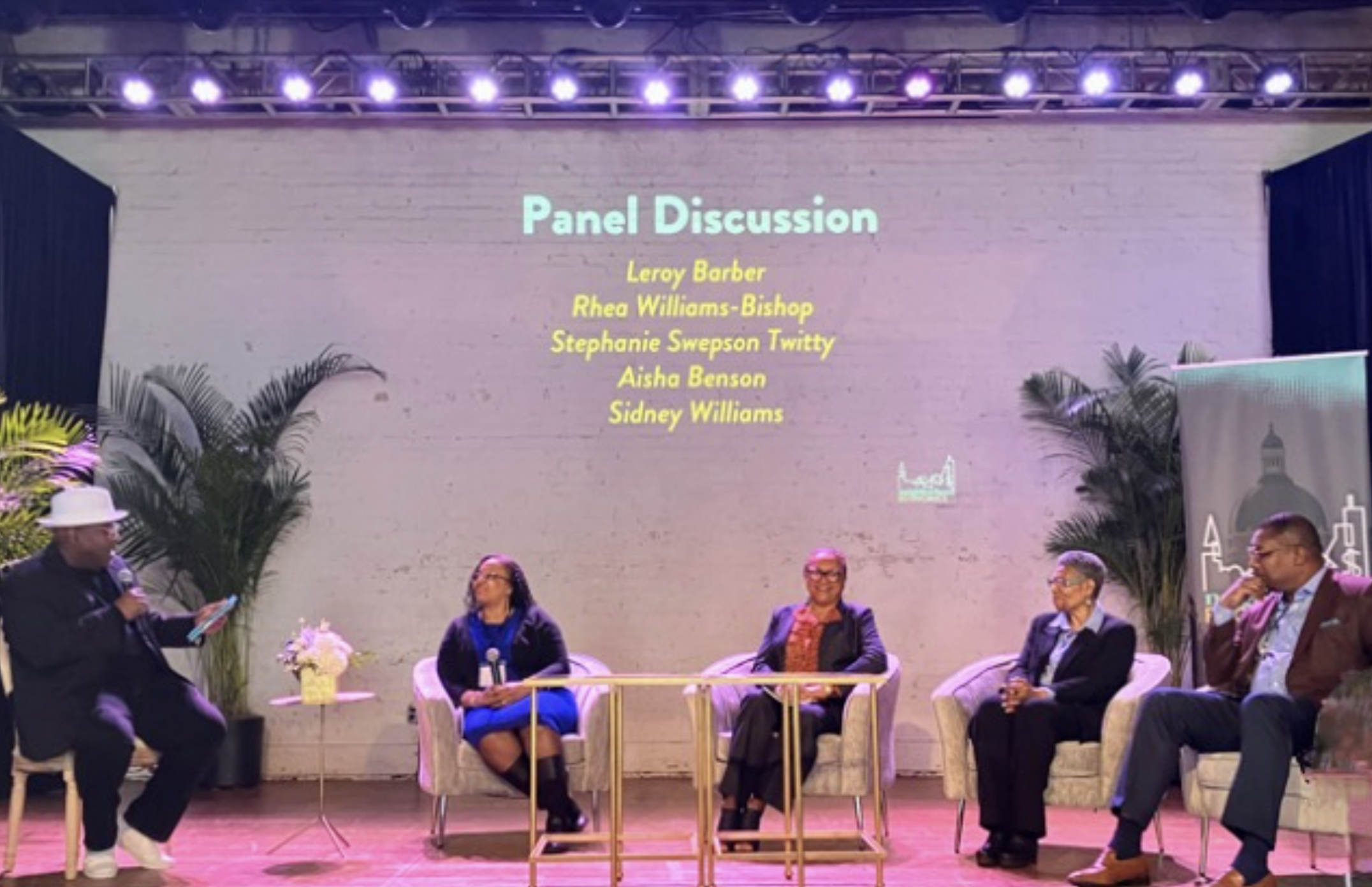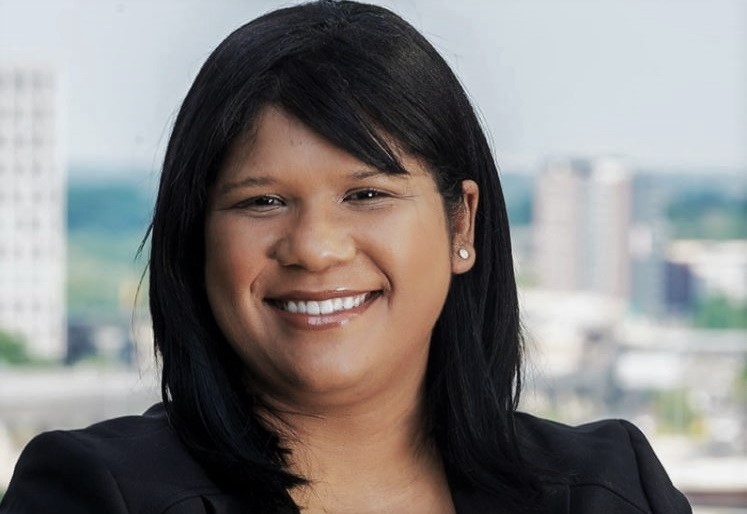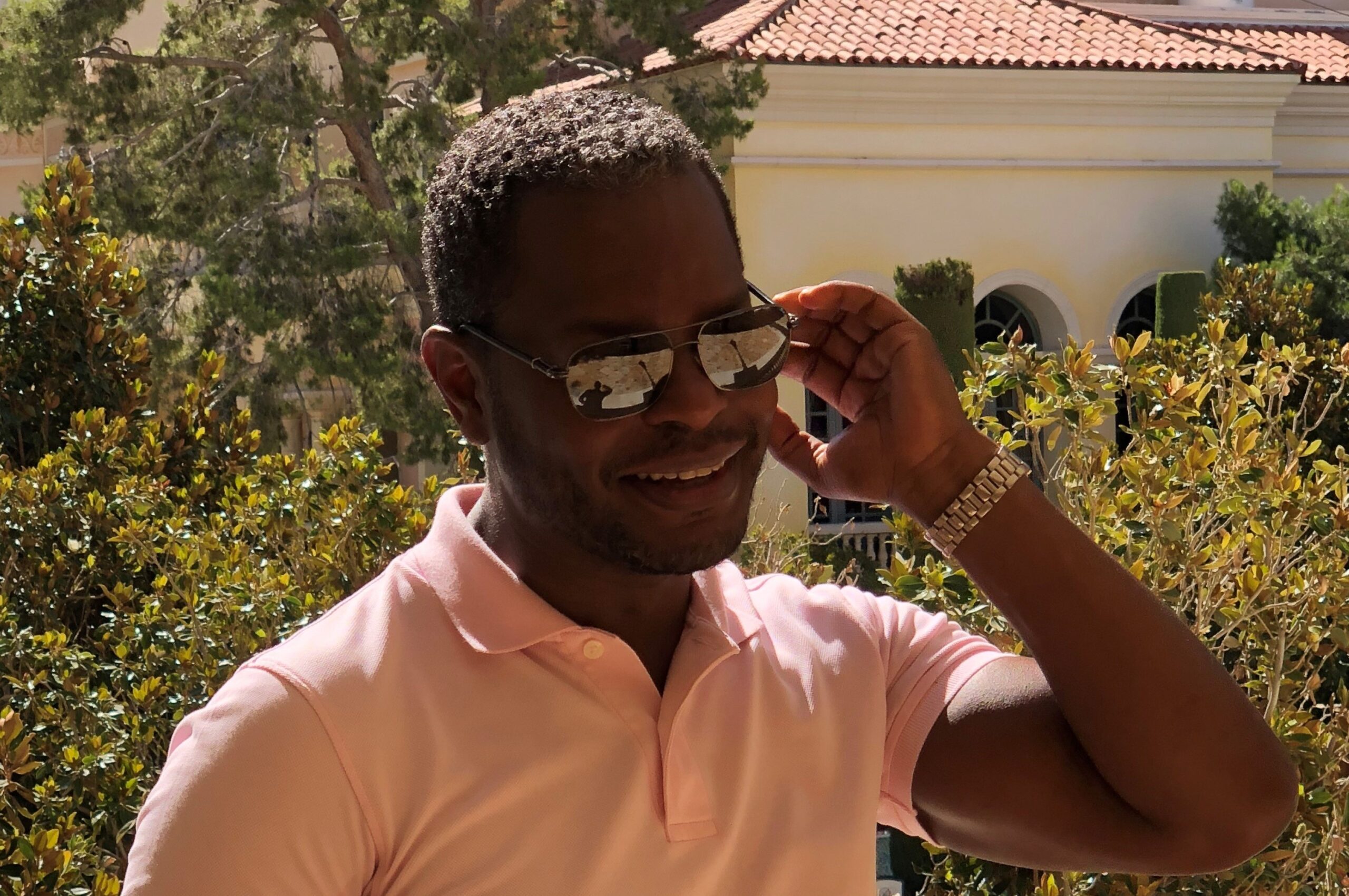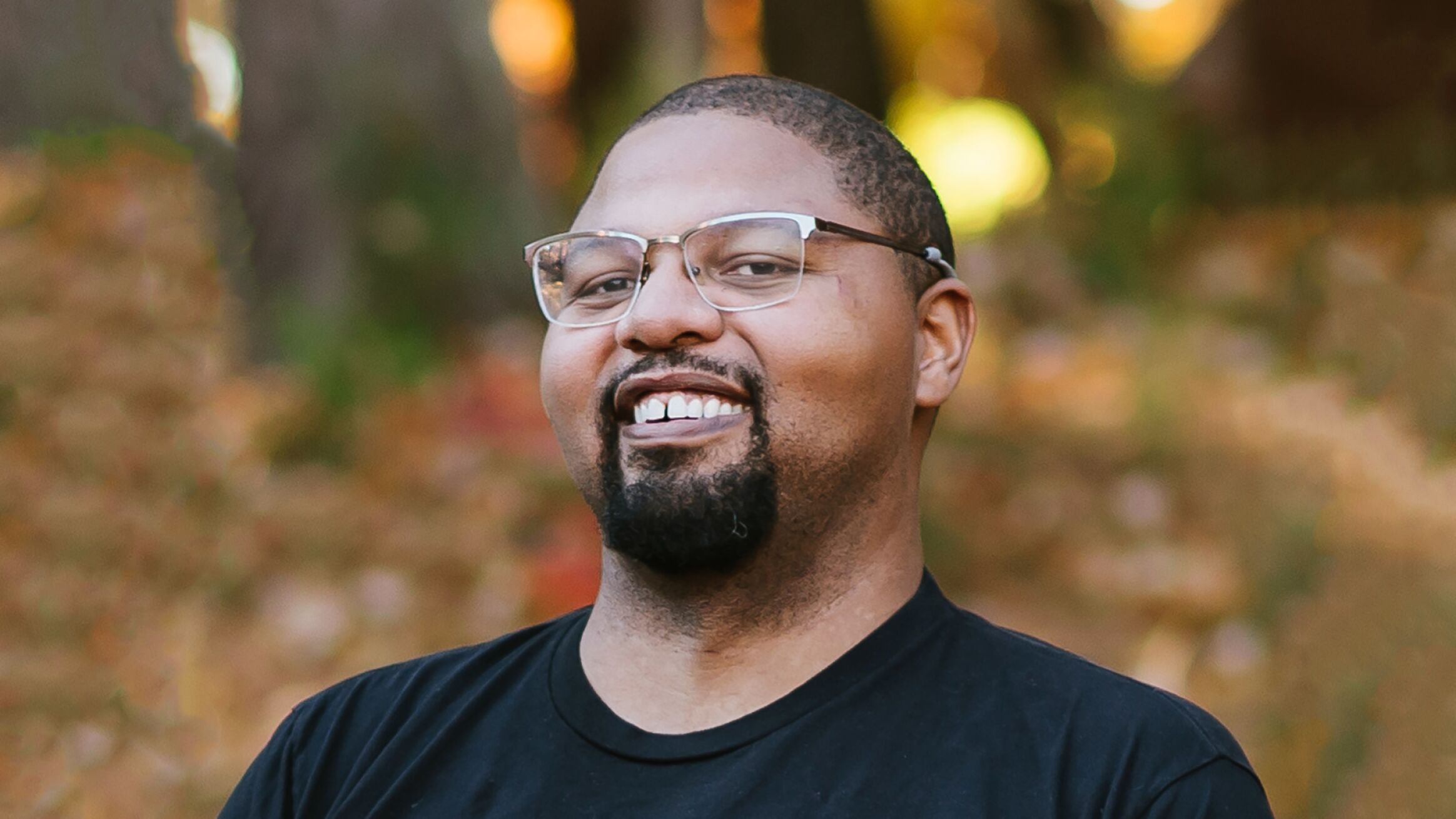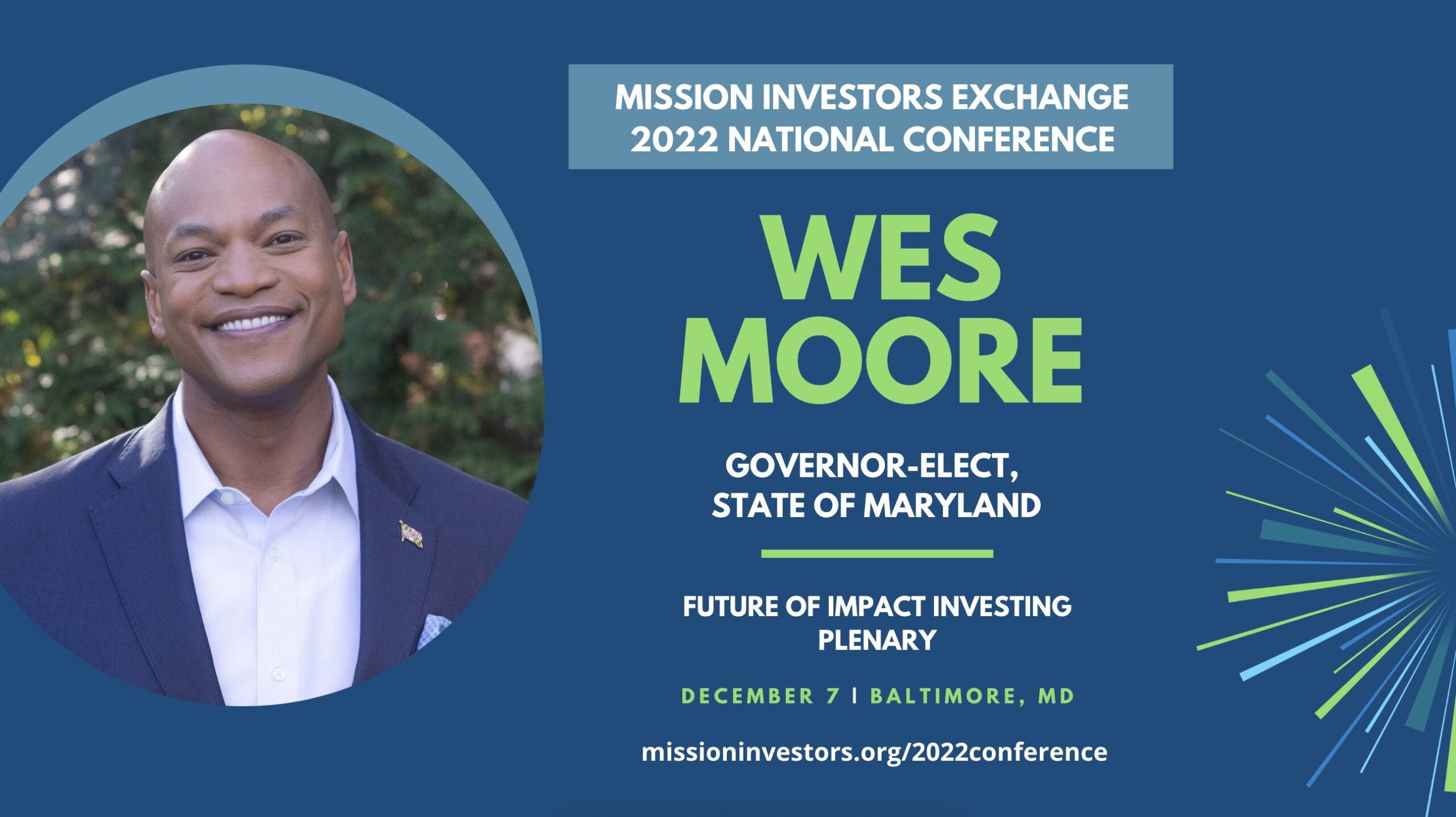ImpactAlpha, April 19 — The case for breaking down philanthropy’s historical divide between the investment side of the house and a foundation’s mission or programs gets stronger with each new foundation that unites their strategies.
The Nathan Cummings Foundation says it has nearly fulfilled the commitment made three three years ago to align 100% of its $450 million endowment with its mission goals (see, “With new pledge, another foundation moves to align endowment with mission”). Aligning all philanthropic assets – foundation endowments as well as grant budgets – with positive impact turns out to be a way to make a decent return as well.
“People hide behind the issue of financial returns. And that is a ruse, and it is an excuse,” foundation interim CEO Rey Ramsey told Monique Aiken in the latest edition of The Reconstruction podcast. “When you look at risk factors with your portfolio, to not lean in to ESG, to not lean in to impact in dynamics of race and equity, you are exposing your portfolio to a higher level of risk.”
Importantly, the foundation says it has gone beyond environmental, social and governance, or ESG-aligned investments, to make significant investments in solutions, such as affordable housing, diverse entrepreneurship, and climate innovation.
“We believe that our new mission-aligned strategy produced stronger returns than our traditional approach would have despite all of the challenges in 2020,” Ramsey and board chair Jaimie Mayer write in “Values Proposition,” a new report on the Cummings’ foundation’s journey to date.
“Our research had convinced us this would be the case over the long term. We are pleased to see it proving out in the short term as well.”
All-in
Ramsey, an independent board member who took over as interim CEO in 2020, offers Cummings’ experience as a lesson to other foundations moving to align assets and mission. Ramsey served as Oregon’s director of housing and community services before founding One Economy Corp., a nonprofit provider of internet services to low-income homes.
Other early movers in bridging endowment assets with mission, including Rockefeller Brothers Fund and The Russell Family Foundation, report similarly strong financial performance.
The relationship between ESG and corporate financial performance has been well documented.
So too has the case for diversity. Studies indicate that racial bias compromises financial judgement, diverse-owned firms perform better than or comparable to benchmark, and companies with diverse leadership perform better than their peers.
Yet the belief that moving foundation assets to impact will require a sacrifice in return persists within foundation boards and investment committees. The new report combines field research with an inside look at the personal perspectives of board and staff who were central to NCF’s progress.
“To enter, you’ve got to get the CEO that represents the staff side of the organization. You need to get Yes there. But you also need a Yes, from the trustees, the Investment Committee and whoever’s actually managing money, whether it’s an internal chief investment officer or an outside chief investment officer,” says Ramsey. “That’s four Yeses, in order to get to the big Yes.”
Ramsey says foundation leaders need an open mind and a commitment to asking how they can, rather than why we can’t.
“There are a number of characteristics we need, but the most important is will,” Ramsey says, “You’ve got to overcome the pervasive disbelief that certain things are not possible….. It’s a level of faith, because you have to move forward things that you don’t 100% see today.”
Justice lens
Ramsey explains that change was ultimately a choice, driven by the foundation’s desire to confront the root causes of injustice and inequality in America.
“It’s impossible to drive impact in this world, unless you have a lens that reminds you of the importance of justice,” which is inextricably linked to race, power, and privilege, Ramsey noted. “The question is, what do you do with that? How will that define you as an institution or as an individual?”
Bob Bancroft, NCF’s vice president of finance, acknowledges in the report that the foundation still has a long way to go. Many of the foundation’s commitments to racial equity in their endowment weren’t integrated from the beginning. “This would have been first if we could do it all over again,” Bancroft says.
One particular group that became a focal point of the foundation’s journey were outsourced chief investment officers, or OCIOs. An increasingly common portfolio management solution in philanthropy, OCIOs make investment decisions for many foundations, particularly those that aren’t set up to manage investments in-house.
The foundation found that outsourced CIOs, which manage a large chunk of the $968 billion in U.S. foundation assets, had a collective weakness in the area of racial justice. That weakness manifests in underdeveloped and absent processes related to hiring and advancing a diverse workforce within the firms, making investments into diverse-led funds, and investing in products that incorporate a perspective on racial, gender, ethnic or economic justice.
Impact contribution
The foundation’s research surfaced practical steps foundations can take as they strengthen their investment portfolio with mission alignment, including lifting up the importance of common impact measurement standards and greater accountability and underutilized tools like shareholder activism.
“Our very first stop was, ‘Well, let’s talk to the people who are doing it now,’” Ramsey says. “And let’s find out what that data says. And then share with people what those findings were.
The foundation, with support from Global Endowment Management, now uses the IMP framework to analyze and make decisions on their portfolio, using IMP’s four-category scale of investments that cause harm, avoid harm, provide benefit, and seek to actively solve social or environmental problems.
Since implementing the IMP framework, the foundation has moved investment up the impact scale, reducing the proportion of investment out of alignment from almost half to 5% and increasing the portion of investments in solutions from 0.1% to 19% in the last three years. Examples of investments in the “solutions” category include L+M Development, Precursor Ventures, and BBG Ventures.
The foundation has increased the portion of its portfolio managed by funds that are majority-owned by women and/or people of color to 28% (though only 9% have applied a racial equity lens to investment decision-making).
Echoing themes from the conversation with Dr. Tiffany Manuel on last week’s Reconstruction podcast, Ramsey says what’s needed is not more proof, but more will.
“I believe that everybody is born into the world as an artist… but the trick of life is that you get one canvas,” says Ramsey. “Just imagine for a moment that canvas, that every defining moment in your life are the colors that go in that canvas. And so you get a choice, do I want tepid shades of gray, or broad strokes with bright colors? You decide.”

